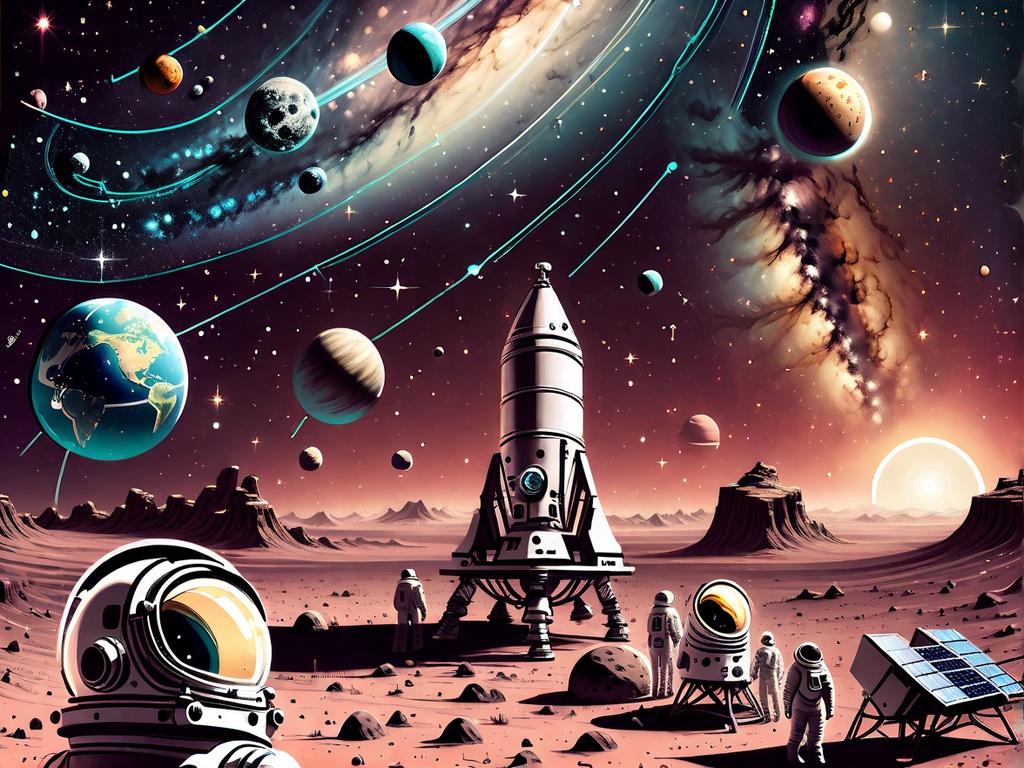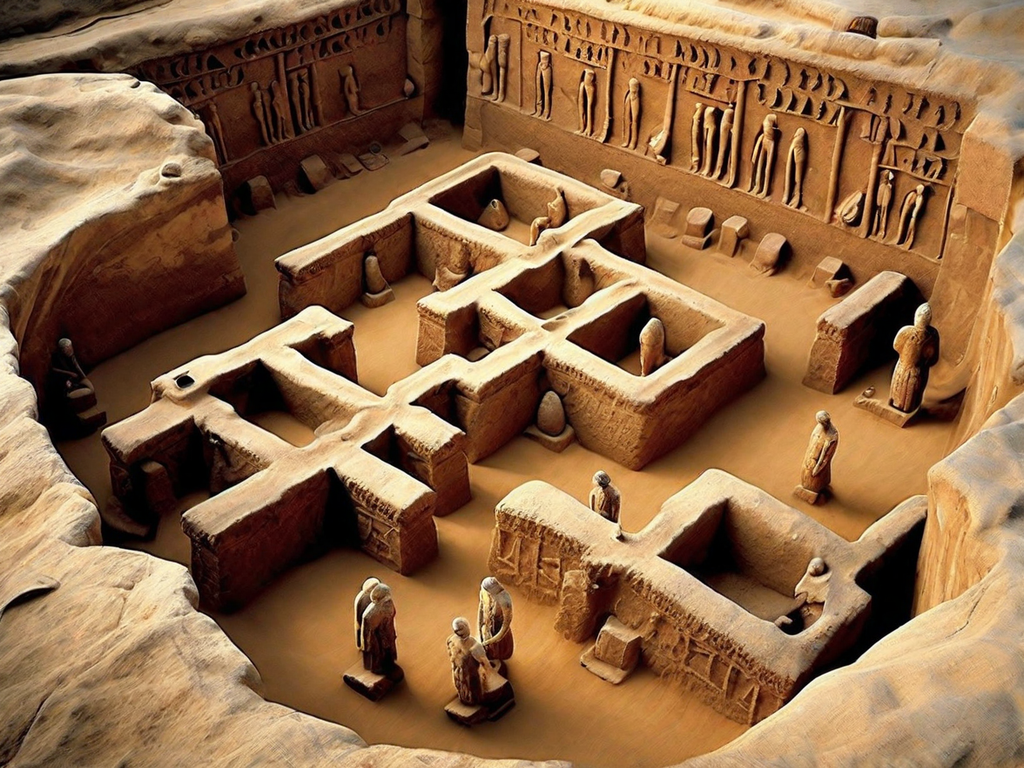In the realm of space exploration, the quest to unveil the mysteries of the cosmos has taken us far beyond the boundaries of our own solar system. As spacecraft and telescopes venture deeper into the universe, we are rewarded with a wealth of astonishing discoveries that challenge our understanding of the universe. In this article, we will embark on a journey through space exploration, offering expert insights grounded in experience, scientific data, extensive knowledge, and comprehensive studies. Join us as we uncover the cosmic marvels that lie beyond our solar system.

Probing the Exoplanetary Realm
Exoplanets: A Multiverse of Possibilities
At its core, the search for exoplanets, or planets orbiting distant stars, has opened a new chapter in space exploration. The discovery of thousands of exoplanets has revealed a diverse array of planetary systems, some of which may harbor conditions conducive to life.
Habitable Zones and Goldilocks Planets
Exploring the concept of habitable zones, astronomers seek planets that orbit within a star’s “Goldilocks” zone—where all conditions are just perfect fit for the existence of liquid water, a key ingredient for life.
Stellar Phenomena and Alien Worlds
Stellar Nurseries and Exquisite Nebulas
Space telescopes capture breathtaking images of stellar nurseries, where stars are born from colossal clouds of gas and dust. These nurseries also give rise to magnificent nebulae, showcasing the beauty of the cosmos.
Exotic Alien Worlds: Super-Earths and Gas Giants
Our exploration has unveiled a spectrum of exoplanets, from “super-Earths” with rocky compositions to massive gas giants. These discoveries challenge our understanding of planetary formation and diversity.
Extraterrestrial Life Discovery
Bio-Markers and the Hunt for Biosignatures
Scientists are developing advanced techniques to search for biosignatures—indicators of life—on exoplanets. The identification of such markers could provide evidence of extraterrestrial life.
The Vastness of Cosmic Time and Distance

Light-Years and Cosmic Timescales
As we explore worlds beyond our solar system, we are confronted with the vastness of cosmic distances and the stretching of time itself. The concept of light-years becomes essential in comprehending these expansive journeys.
Interstellar Exploration and Voyager 1
Voyager 1: Humanity’s Message to the Stars
Voyager 1, humanity’s farthest-reaching spacecraft, carries a message to potential extraterrestrial civilizations. It continues to journey into interstellar space, transmitting valuable data about the interstellar medium.
Challenges and Future Endeavors
Technological Hurdles and the Search for Exoplanetary Atmospheres
Detecting exoplanetary atmospheres is a formidable challenge, yet it is a crucial step in understanding the potential habitability of distant worlds. Future missions and technology developments aim to overcome these hurdles.
Space exploration beyond our solar system has revealed a universe of breathtaking complexity, diversity, and wonder. From the search for exoplanets to the hunt for extraterrestrial life, our cosmic voyages challenge our understanding of the universe and our place within it.
As technology and exploration efforts advance, the future promises even more remarkable discoveries and a deeper understanding of the cosmos. Our journey through the marvels of space exploration is a testament to human curiosity, innovation, and the unending quest to comprehend the mysteries of the universe. With each new revelation, we move closer to unraveling the enigmatic beauty of the cosmos that stretches far beyond our solar system.



































